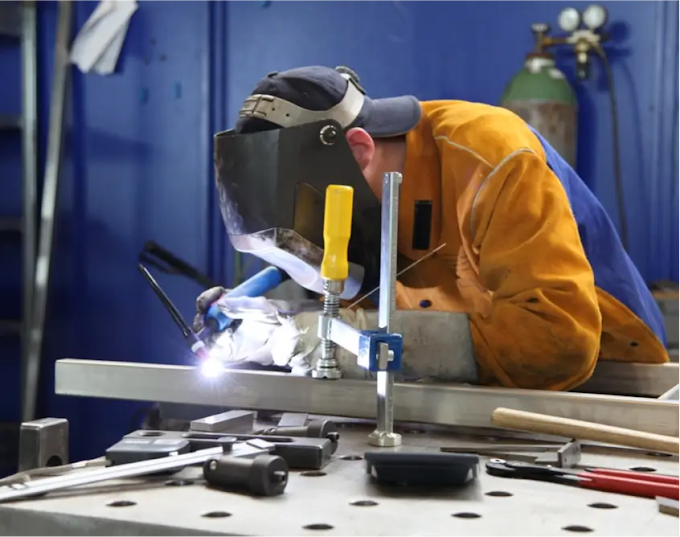For any business, changing the office layout is a significant experience. It’s a chance to enhance work quality, ambience, brand alignment and many more. You can make your office more presentable and give a good first impression to your clients. And of course, your employees feel happy and comfortable working in the right working atmosphere.
However, during the fit-out process, the employees have to adjust and streamline their work to the ongoing changes happening. If not planned properly, you can see a decline in the workplace productivity rate, and there will be interruptions in the daily business operations.
Here’s how you can manage staff during the fit-out process:
- Communicate Early and Clearly
Make sure all the employees in the office are informed about the upcoming change in your office. Communicate early and clearly through email and meetings. To get the support from staff, transparency is key. You should tell them why the fitout is happening, when it is happening and what they should expect during the transition.
Ensure every employee knows about the fit out through email, team meetings, and newsletters so that there is no unexpected situation, rumours and uncertainty among employees. - Involve Staff in the Planning Process
To make the fit-out interesting and exciting among the employees, ensure to keep them in the decision-making process. Discuss things about layout designs, breakout areas, desk preferences and any other extra space needed for them. It can boost their creativity and improve morale. They will have a sense of ownership over the new place. You can easily collect information by running surveys, conducting informal brainstorming sessions and knowing what your employees are thinking. - Plan for Disruptions
During the fit-out process, the office work floor will be messy. There will be dust and noise, and most of the area might be restricted from entering. Your employees will have a limited space to adjust and work. So, it’s better to have a detailed plan that includes important discussions like temporary relocations, work from home options and rotating schedules to help manage the workflow.
To make the process easier, you can rent a temporary place or implement hybrid or work-from-home options for the employees. You can also adjust meeting schedules to reduce in-office needs. - Maintain Health and Safety Standards
If the fit-out is happening in your office, it becomes a construction zone. There will be risks, like injuries, if employees are not careful. Hence, it’s essential to maintain health and safety standards in your office. Every employee should follow the safety rules of the restricted areas. And they should be informed if there is going to be noise or any hazardous work going on. During this time, it’s better to give work-from-home options so that the work is not interrupted. - Minimise Downtime
With careful planning and shift delegations, you can minimise the downtime of your work operations. You can also extend the work hours and later give employees compensation leaves so that you can get the work done without any delay in project deadlines. Whatever change you make in the office, ensure every employee is informed so that there is no delay or rumours. - Maintaining Morality
Employees may find it hard to focus in a disrupted workplace. You can maintain their morale high by providing regular treats like coffee vouchers or catered lunches. You can also conduct celebrations for achieving milestones during the fit-out. Ensure to keep visual progress for the fit-out process so that the entire staff can see. - Managing expectations after the fit-out process
Once the fit-out process is done, the office work floor is transformed into a new space. Every employee should begin to adjust by personalising their work areas. You should encourage them to give feedback about the new place and what’s working and what’s not. Getting continuous improvement points from your employees will help the place evolve to meet their needs.
Final thoughts
The office fitout process need not be chaotic. Communicating beforehand and getting support from your employees will decrease the difficulty level by half. Careful planning, transparency, and having a people-first approach will turn potential disruption into a situation where everyone can evolve with the office fit-out process.









Social Profile